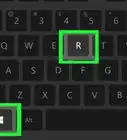wikiHow is a “wiki,” similar to Wikipedia, which means that many of our articles are co-written by multiple authors. To create this article, 9 people, some anonymous, worked to edit and improve it over time.
This article has been viewed 72,153 times.
Learn more...
C++ is a bunch of small additions to C, with a few major additions. In fact C++ was first called as "C With Classes". One major addition is the object-oriented approach (the other addition is support for generic programming). As the name object-oriented programming suggests, this approach deals with objects. Of course, these are not real-life objects themselves. Instead, these objects are the essential definitions of real world objects.One of its biggest features is in which its predecessor 'C' doesn't have is the "Class". Classes are collections of data related to a single object type. Classes not only include information regarding the real world object, but also functions to access the data, and classes possess the ability to inherit from other classes. (Inheritance is covered in a later lesson.) A class is much like C's struct, and is used for encapsulating data, but with c++, you can make your data (such as functions, variables, structures, etc.) private, which means that only data members of that class can access them.
Steps
-
1Open your IDE and make a new project.
-
2After going through everything to set up the project, make sure your main CPP file looks like this.Advertisement
-
3Create. When making a class, there are two ways to do it; by declaring it in the main CPP file, or doing it in a separate header, and defining all of the functions in a separate CPP file (which is the better way to do it).
-
4Type the keyword "class", followed by the identifier, or name, of your class, then an open brace (which is this { character), a closing brace, and a semicolon at the end. Choose a name for your class.
-
5Understand the three main keywords inside the part called the body. There are three more keywords which identify what has access to the data in the body. They are called "public", "protected", and "private". These are called access modifiers. To put it simply, public members can be accessed by anyone, and private members can only be accessed by the members of the class itself.
-
6Define what the function "printstuff()" does and what "stufftoprint" is. To do this, use the Scope Resolution Operator. You first do the class name, myclass, the two colons, and then the data to access, myclass::printstuff(), and define it like you'd normally define a function.
-
7Inside this function, you full access to the char array "stufftoprint[5]", so you should define that with a for loop, and then print each character along with that. Don't forget to return a value at the end of it (unless you made it void).
-
8Go over to the main function and call the function. You'll need to create an object. An object is what allows you to access and call variables and functions inside your class, but it can only access publish functions and variables. To make an object, type the name of your class, myclass, and then the name you want your object to be, it's almost like defining your own data type, except you don't need to set it equal to something.
-
9Call the function printstuff(). To do that, write the name of your object, a period (.), and the name of the function or variable you want to access. This would look like myobject.printstuff();, that will call the function, printing out 5 consecutive Qs when we run the application. (Don't forget to add a pause! Use the _getch() function in conio.h, because if you didn't know already, system() commands are EVIL)
-
10Run it, wait for it to compile... and 5 Qs appeared on the screen (just as you defined the function printstuff() contained in the class myclass, accessing it with the object myobject).
-
11Another Sample Program:
Community Q&A
-
QuestionHow do I write a C++ application to invert a number?
 Community Answer#include using namespace std; int main() { int n, reversedNumber = 0, remainder; cout > n; while(n != 0) { remainder = n%10; reversedNumber = reversedNumber*10 + remainder; n /= 10; } cout
Community Answer#include using namespace std; int main() { int n, reversedNumber = 0, remainder; cout > n; while(n != 0) { remainder = n%10; reversedNumber = reversedNumber*10 + remainder; n /= 10; } cout -
QuestionWhat is "calling object"?
 Community AnswerAn object is a created instance of a class. When referencing the object, you call various functions in the object, many of which will be getters and setters used to access the variables in the class.
Community AnswerAn object is a created instance of a class. When referencing the object, you call various functions in the object, many of which will be getters and setters used to access the variables in the class.
Warnings
- Do not use system commands. They are a bad habit, and go very slow. Just think of them as if you're opening your front door with a bulldozer.⧼thumbs_response⧽
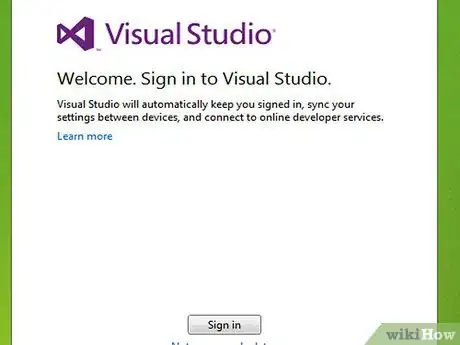
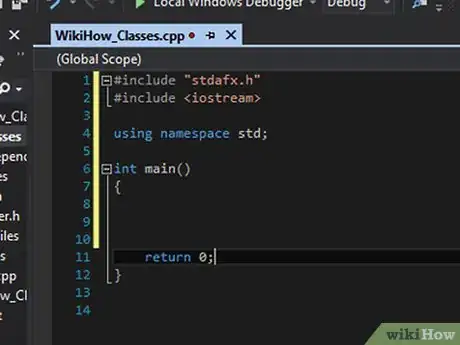
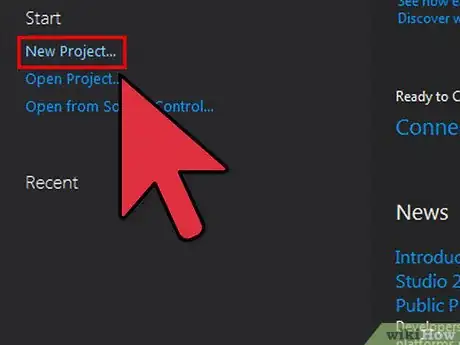
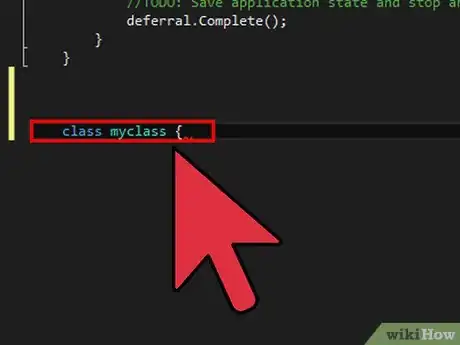
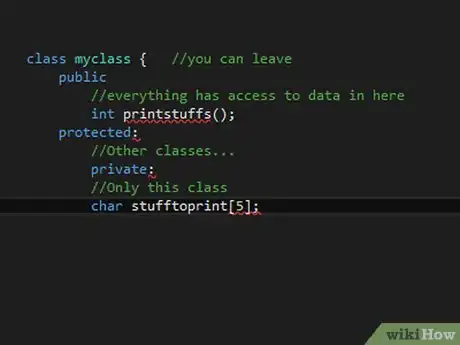
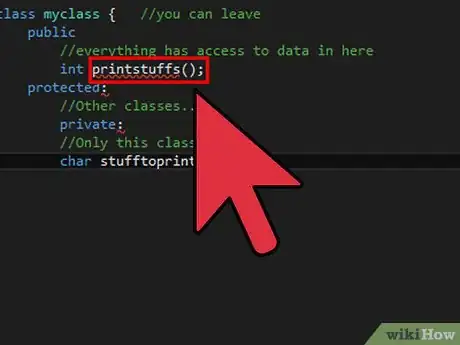
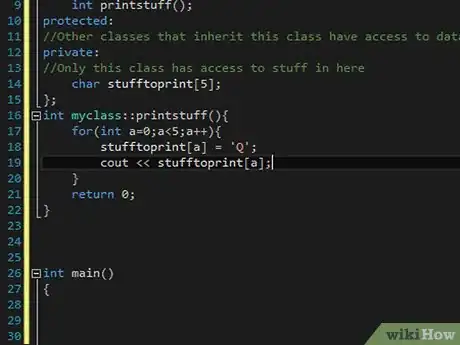
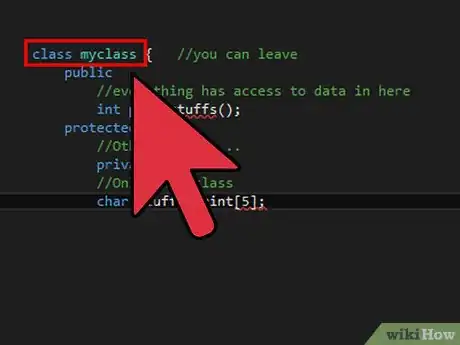
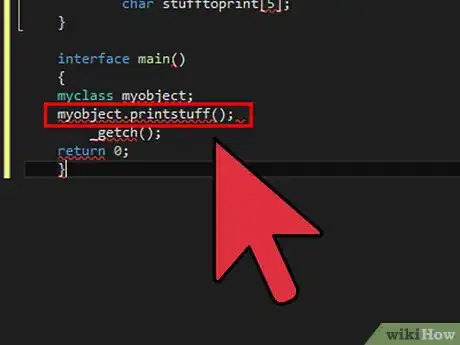
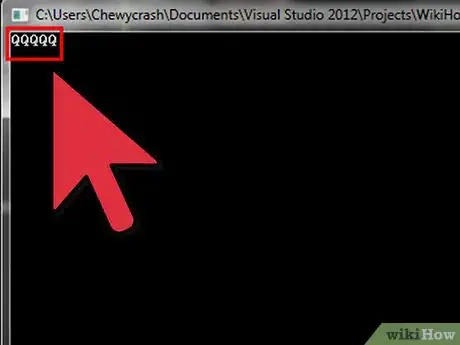
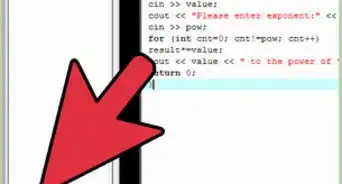
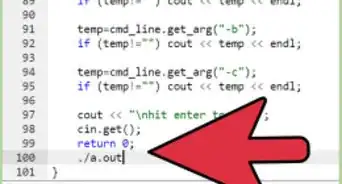
-Step-16-Version-3.webp)
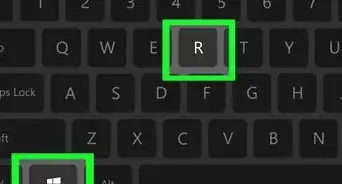
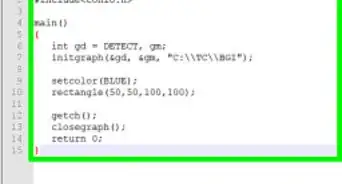
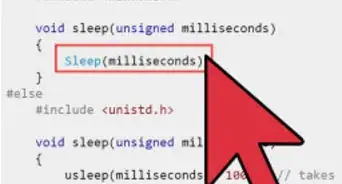
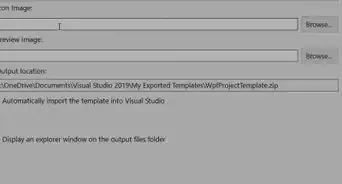
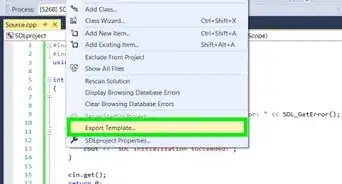
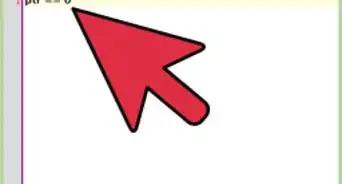
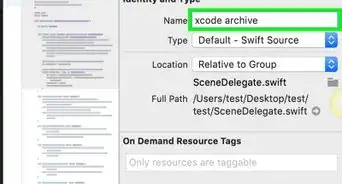
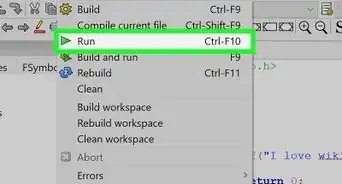






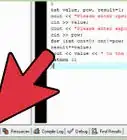
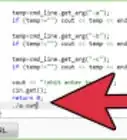
-Step-16-Version-3.webp)
